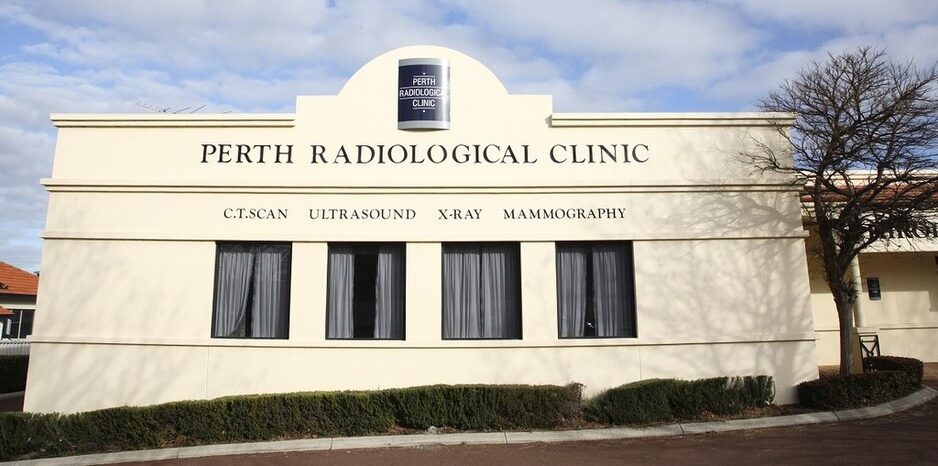Perth Radiological Clinic is a metropolitan radiology practice that is widely viewed throughout Perth as a leader in advanced medical imaging. In addition to its own clients, Perth Radiological Clinic also supports multiple critical hospital emergency rooms via remotely-connected radiologists delivering diagnoses in real time.
Besides supporting a host of internal and external proprietary applications, IT is expected to ensure that all images taken across all sites are replicated through the data centers and are available in real time to all authorized clinicians, regardless of where they may be located.
Three key factors led the IT team to a new model for scaling its infrastructure to ensure they met their performance goals and budgetary requirements: the distributed nature of the business, plans for continued growth with ongoing support by a small IT team, and mission-critical reliance on image availability and real-time performance.
Key requirements
In considering how to approach their data center refresh, IT kept a few core needs in mind. These served as evaluation criteria for choosing a solution based on open networking using Cumulus Linux as the network operating system. These key requirements included:
Simplicity and ease of management
The Perth Radiological Clinic IT department was not large; they had seven staff and most of those were focused on desktop support, PACS (Picture Archiving and Communication System), and various databases. George Hewitt, the company’s infrastructure and development manager, only had a single admin to help him support the distributed network and the data centers. This challenge, perhaps more than anything, resulted in the decision to move away from the more complex and expensive Fibre Channel/SAN approach.
Scalability
The ability to easily scale the network was a critical consideration given the company’s continued growth and the ever-evolving nature of healthcare applications. In fact, one of the new sites to be opened that year was a massive, campus-type implementation that will provide significant new capacity for the storage of images, so the network must be able to scale simply and affordably.
Performance and agility
Performance was critically important since applications such as telehealth and delivery of medical images must operate in real time and be available whenever they are needed. Also, as with any healthcare IT setting, most applications had additional requirements that go beyond standard enterprise applications.
Key benefits
Due to limited resources and growing business needs, Perth Radiological Clinic needed to address the business needs without over engineering the infrastructure. Cumulus Linux and Nutanix delivered a scalable and reliable solution that allowed the IT team to build and manage a distributed environment.


